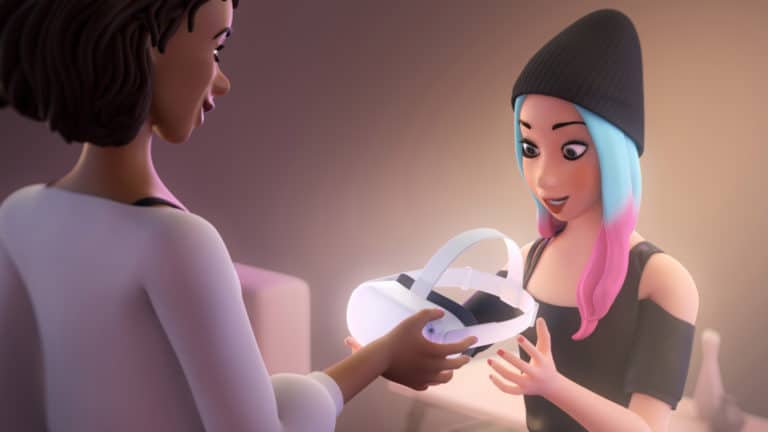
VR traction over the past few years has been slower than many had anticipated. But it’s still finding small wins and is growing at a fairly healthy pace. So the question is how well it’s landing with consumers today, and are those sentiments trending in the right direction?
So we set out for answers. Working closely with Thrive Analytics, ARtillery Intelligence authored questions to be fielded through its established survey engine to more than 98,000 U.S. adults. The result is Wave VI of the research, and a narrative report we published to unpack the results.
Known as VR Usage & Consumer Attitudes, Wave VI, it follows similar reports over the last few years. Five waves of research now bring new insights and trend data to light. And all five waves represent a collective six-digit sum of U.S. adults for robust longitudinal analysis.
Among the topics tackled: How is VR resonating with everyday consumers? How often are they using it? How satisfied are they? What types of experiences do they like most? How much are they willing to pay for it? And for those who aren’t interested in VR… why not?
Keep it Simple, Stupid
After several excerpts that broke down survey findings from this report, we now reach concluding segments where we look back at the top themes and takeaways. VR isn’t the revolutionary technology force once touted, but also isn’t dead as some punditry may have you believe.
Still, there are challenges. Following last week’s analysis of VR’s “chicken & egg” challenge, a related area of strategic refinement is marketing. There, we see a need for simplicity and plain-spoken approaches. It’s all about lowering friction and communicating VR’s fun side.
Meta Quest 2 and PSVR are exemplars of this strategy. Though their specs are inferior to PC-based VR rivals, they’ve gained greater market share. This involves an Apple or Nintendo-like approach (a la Wii and Switch) that highlights elegance and fun as opposed to hardware specs.
If it’s any validation for this approach, PSVR and Quest 2 are VR’s market share leaders according to our separate forecast data. This is partly due to PSVR’s console base and Meta’s aggressive pricing. But it’s also plain-spoken product marketing that’s responsible for their success.
This simple value proposition, product design, and marketing will be key VR success factors. But we should qualify that there will also be a market for higher-end PC VR experiences for gaming enthusiasts, and corresponding high-spec’d devices, such as Valve Index.
Adoption Scale
Beyond marketing, VR’s primary area of strategic refinement is the product itself. And there, it needs more compelling adoption drivers. Though there are popular use cases and games, there’s no killer app, nor one solid answer to the question: why should I buy a VR headset?
There are several little answers including Beat Saber and Supernatural. But that fragmented set of reasons isn’t going to sway mainstream consumers en masse. Beyond gaming, other broad-appeal use cases need to be cultivated, including entertainment and social interaction.
On the hardware side, Meta Quest 2 could meanwhile be what VR needs at this stage to appeal to the masses. High-end PC VR will still be popular among subsets of heavy gamers. But a simpler and friendlier approach will be needed for adoption scale. Both tracks will co-exist in VR.
As for quantity and timing, Mark Zuckerberg is fond of saying that 10 million VR headsets are required to meaningfully attract developers, which in turn attracts more users – a classic flywheel effect. This requires 10 million headsets on one platform, rather than the collective market.
According to our calculations, Meta hit that milestone in Q3 2022. So we’ll see if it’s the flywheel catalyst that Zuckerberg has projected. Either way, VR will have a gradual climb rather than a sudden revolution. We’ll keep watching and analyzing the signposts on that journey.

